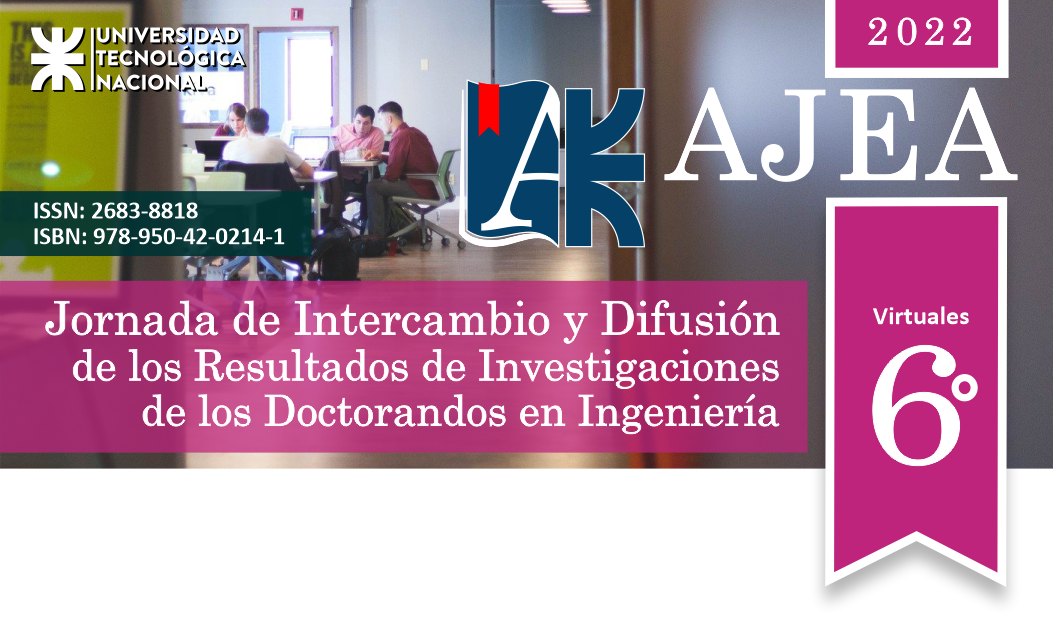Green olive effluent treatment using catalytic-adsorbent materials: desing and scaling-up
DOI:
https://doi.org/10.33414/ajea.1099.2022Keywords:
Olive effluents, Adsorbent Materials, Catalytic Materials, Heterogeneous PhotocatalysisAbstract
This work has recently begun to develop, so the thesis plan and preliminary results are mainly presented. The objective is to develop an adequate technological process for the treatment of effluents from the olive industry that allows the degradation of the contaminants in the effluent, prior to its final disposal. For this, work will be carried out on a company located in the Northwest of the Province of Córdoba. The adsorbent capacity of different materials will be studied as pretreatment of effluents, for their subsequent degradation via heterogeneous catalysis using advanced oxidation processes such as photo-Fenton technology. As a catalyst, ferrites will be synthesized and characterized using different synthesis methods. The best process conditions will be determined by modeling with artificial neural networks to finally design the scaling of the pilot plant for the effluent treatment process, based on the one developed on a laboratory scale.










